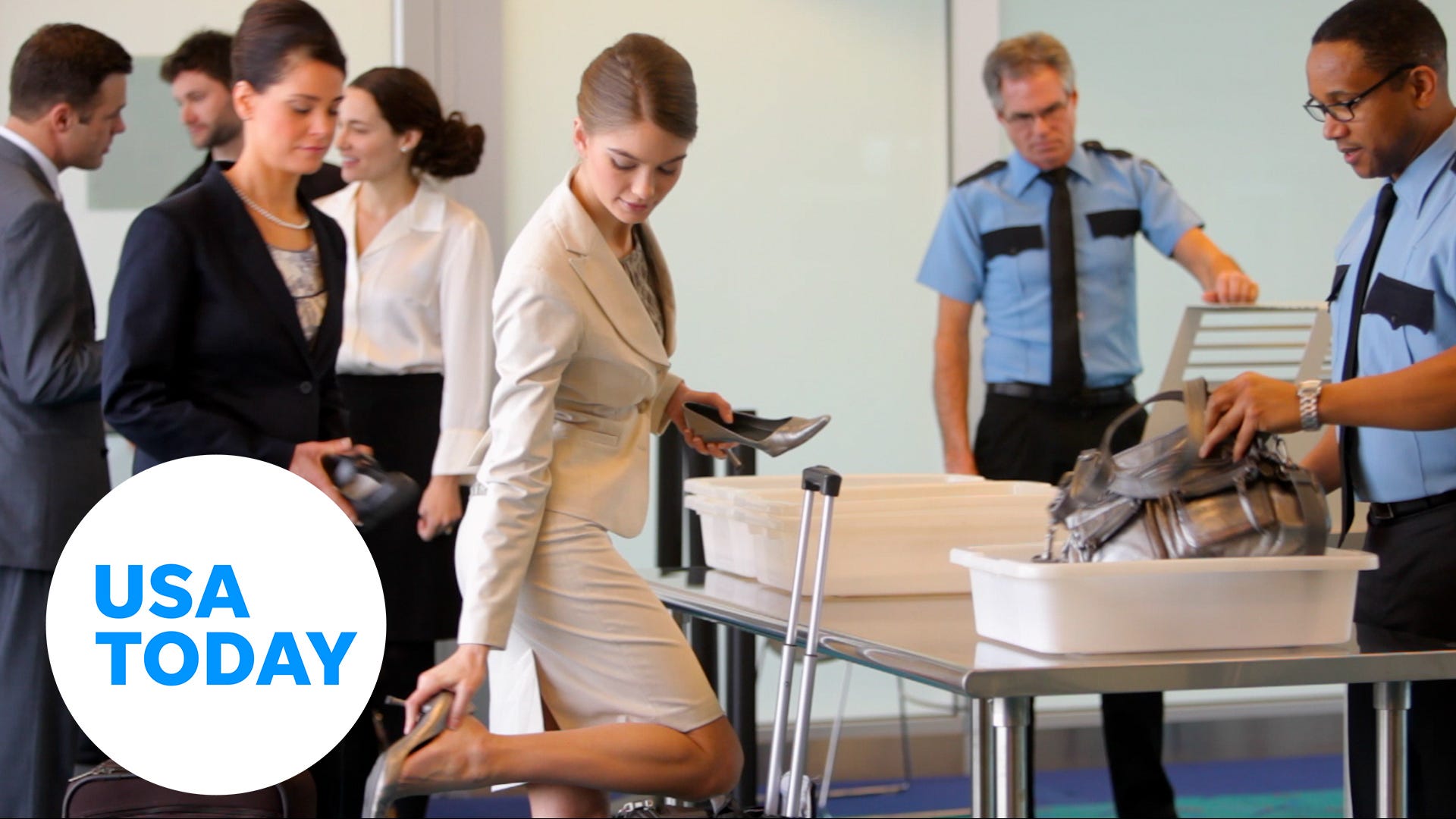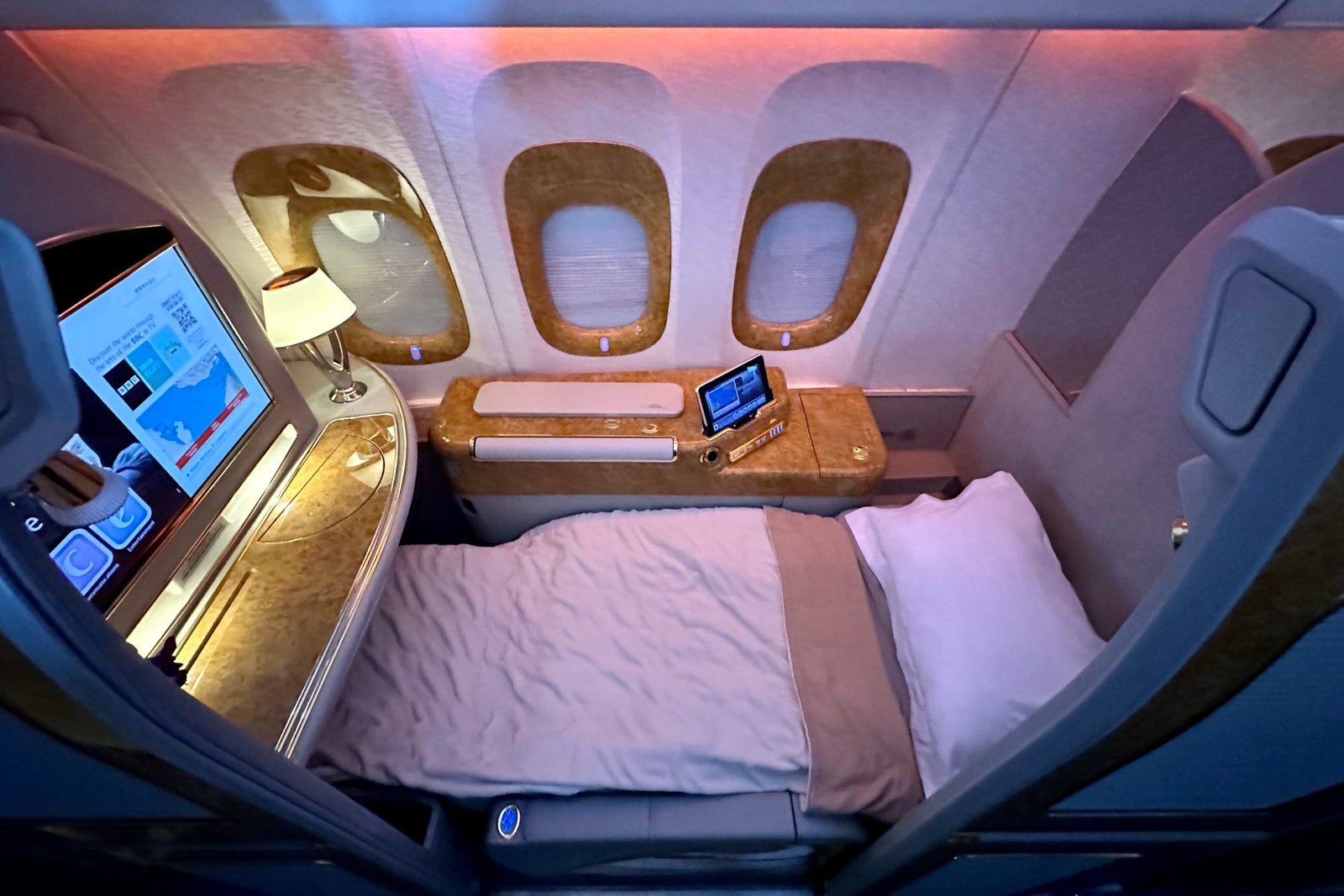Shoes On, Laptop Out? Why Tsa Rules Change From Airport To Airport | Cruising Altitude

- TSA airport security procedures vary, sometimes even within the same airport.
- Variability in procedures is part of a risk-based security approach.
- Passengers should heed TSA officer instructions for efficient and speedy screening.
It can be frustrating to go through a Transportation Security Administration checkpoint and find that the routine has changed. Even as a very frequent traveler with TSA Precheck, I’m sometimes caught off-guard by what the agents tell me to do.
In Terminal 4 at John F. Kennedy International Airport, for example, I can leave my shoes on and my laptop in my bag. But at Terminal 1, I need to take my laptop out before my luggage goes through the X-ray machine.
It turns out, this is partly by design.
“One thing that is a pretty frequent moniker here, ‘when you’ve seen one airport, you’ve seen one airport.’ They’re all so very different,” Carter Langston, Press Secretary for Strategic Communications and Public Affairs at the TSA told me. “When you talk about airport security screening at the checkpoint, TSA really does have a risk-based intelligence-driven, multiple layers of security, both seen and unseen.”
As confusing as it can be, the variability at different airports is part of the security apparatus.
The shoe thing can be especially frustrating because finding a place on the far side of the security to sit down with all your stuff and re-tie your shoes isn’t always easy.
TSA touts the ability to leave your shoes on as a major perk of PreCheck, but most travelers still have to go through the screening in their (hopefully) stocking feet, and even the Trusted Travelers among us occasionally get caught out by procedure changes.
Still, Langston said, sometimes everyone at a checkpoint gets lucky.
“We have K-9s, and they’re able to detect explosives. Sometimes K-9s will be used to screen passengers,” he said. “People being able to keep the shoes on in standard screening lanes, a lot of times that was because there was a K-9 doing a sweep of the line and didn’t flag on anything that was detected ... There was a degree of risk tolerance there to say that the standard screening passengers can go through with shoes on to get through faster.”
Decisions about when and how to deploy assets like sniffer dogs and what their presence means for security procedures are often left up to local TSA leadership, known as Federal Security Directors, at each airport, according to Langston.
It’s not quite as difficult as re-tying my shoes with a line of people breathing down my neck for a spot on the bench, but it is also kind of frustrating having to take stuff out of my bag and then repack it on the rolling belt at the end of the X-ray machine.
TSA has been working on introducing new technology to make it easier for all travelers to leave liquids and electronics in their bags. For now, that privilege is often still relegated to TSA PreCheck members, and even then, it doesn’t always apply.
The latest generation of TSA screening machines uses a technology called computed tomography that gives agents a more comprehensive look at what’s inside the bag, without requiring unpacking.
“The computed tomography units really do allow us to change the way, if you will, things are left in the bags.” Langston said. “In those instances where computed tomography hasn’t made it yet, we’ll have to have passengers take things out.”
How to prepare for TSA
If you’re unsure of what to expect at a TSA checkpoint, the agency has a webpage dedicated to the basics of its security screening process.
It’s good to double check your boarding pass to make sure your PreCheck shows up if you’re eligible, and to familiarize yourself with what you are and are not allowed to bring with you through a TSA checkpoint in general.
Still, the agency acknowledges that it regularly adapts its procedures based on the specific airport and the overall global security environment, so the exact requirements may vary by airport and terminal, and sometimes day-to-day.
Langston said the best advice is to listen up.
“It’s so important that passengers really do take time and listen to the instructions the officers are trying to give, because a lot of time what the officers are doing is to try and get everyone through the checkpoint with the greatest amount of efficiency and speed,” he said.
Zach Wichter is a travel reporter and writes the Cruising Altitude column for USA TODAY. He is based in New York and you can reach him at zwichter@usatoday.com.

